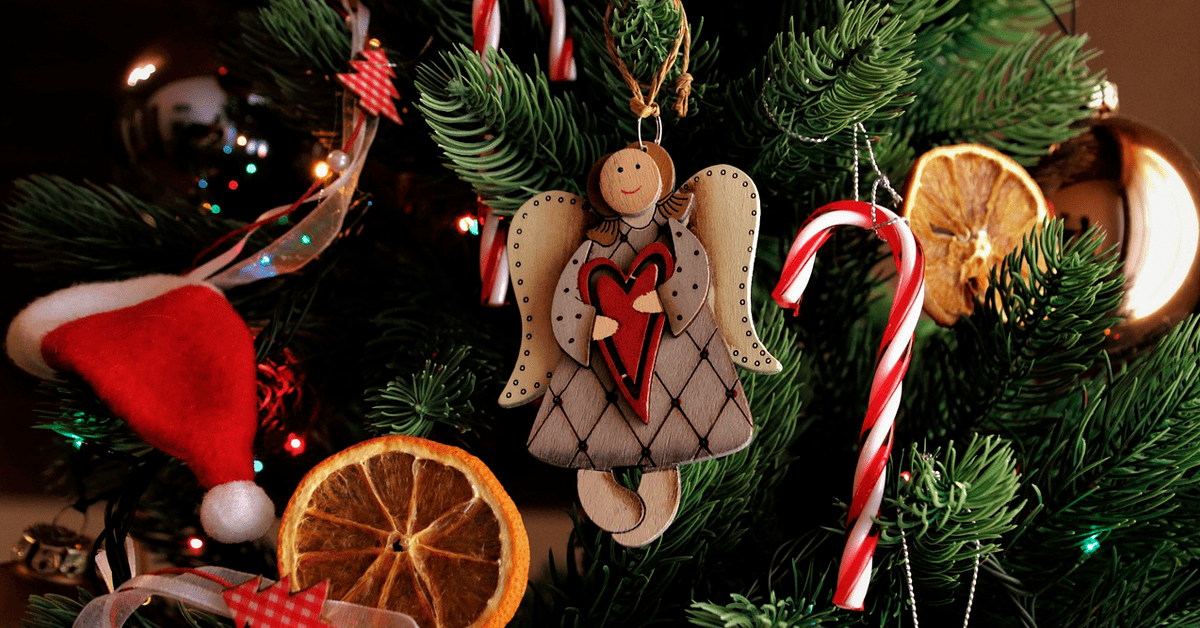Christmas is one of the most celebrated holidays around the world, a time of togetherness, love and joy. But have you ever wondered how this tradition began? In this blog we will explore the origins of Christmas, its evolution throughout history and the customs that make it such a special time. The Fascinating History of Christmas
Talk to a destination expert!
Talk to our destination experts who have designed our itineraries!
What are the origins of Christmas?
La palabra "Navidad" proviene del latín nativitas, which means birth. Its celebration has its roots in the Christian commemoration of the birth of Jesus of Nazareth, although this was not always the case. During the first centuries of Christianity, the exact date of Jesus' birth was not clear, and Christmas was not part of the official festivities of the Church.
December 25th: A strategic choice
In 350 AD, Pope Julius I declared December 25 as the official date to celebrate the birth of Christ. This decision was made to coincide with pagan winter solstice festivities, such as the Roman Saturnalia and the birth of Sol Invictus, which facilitated the conversion of people to Christianity. These festivals were already popular and were marked by the exchange of gifts, banquets and decorations with natural elements such as pine branches.
Related links:
Quito a treasure in the middleof the Andes
Traditions that have endured
The Christmas tree
The decorated tree, one of the most emblematic images of Christmas, has its roots in Germanic and Nordic traditions. These cultures decorated trees during the winter as a symbol of life and hope. Over time, this custom became Christianized and popularized in Europe in the 16th century, later reaching America.
Santa Claus and the exchange of gifts
The figure of Santa Claus is inspired by Saint Nicholas of Bari, a 4th century bishop known for his generosity. His legend was transformed over the centuries, especially in English-speaking countries, until it became the cheerful and magical character we know today.
The exchange of gifts, for its part, symbolizes the gifts that the Three Wise Men offered to baby Jesus: gold, incense and myrrh. This practice, along with the figure of Santa Claus, is one of the most eagerly awaited traditions for children and adults.
The modern evolution of Christmas
Con el tiempo, la Navidad dejó de ser únicamente una celebración religiosa para convertirse en una festividad cultural. Hoy en día, incluye elementos como luces decorativas, música festiva y reuniones familiares. En muchas culturas, también se celebra con gastronomía típica, desde pavo relleno hasta dulces tradicionales como el panettone.
The commercial impact
Since the 19th century, Christmas has taken on a commercial dimension with the arrival of the Industrial Revolution and the rise of advertising campaigns. Iconic brands such as Coca-Cola helped popularize the image of Santa Claus, boosting the sale of Christmas gifts and decorations.

Final reflection: The magic of Christmas
Despite its evolution and global character, Christmas remains a time to reflect on the universal values of love, generosity and family unity. It is a time that invites hope, to reconnect with our loved ones and to give the best of ourselves.
Conclusion
Christmas has a rich and diverse history that combines religious, cultural and commercial elements. Every tradition and symbol we associate with this holiday has a background full of meaning and charm. No matter how we celebrate it, the important thing is to share the Christmas spirit and keep the magic of this time of year alive.
hbspt.forms.create({ region: "na1", portalId: "44036414", formId: "42a3a578-a15d-4bb9-aed7-563d94ee4939" });
